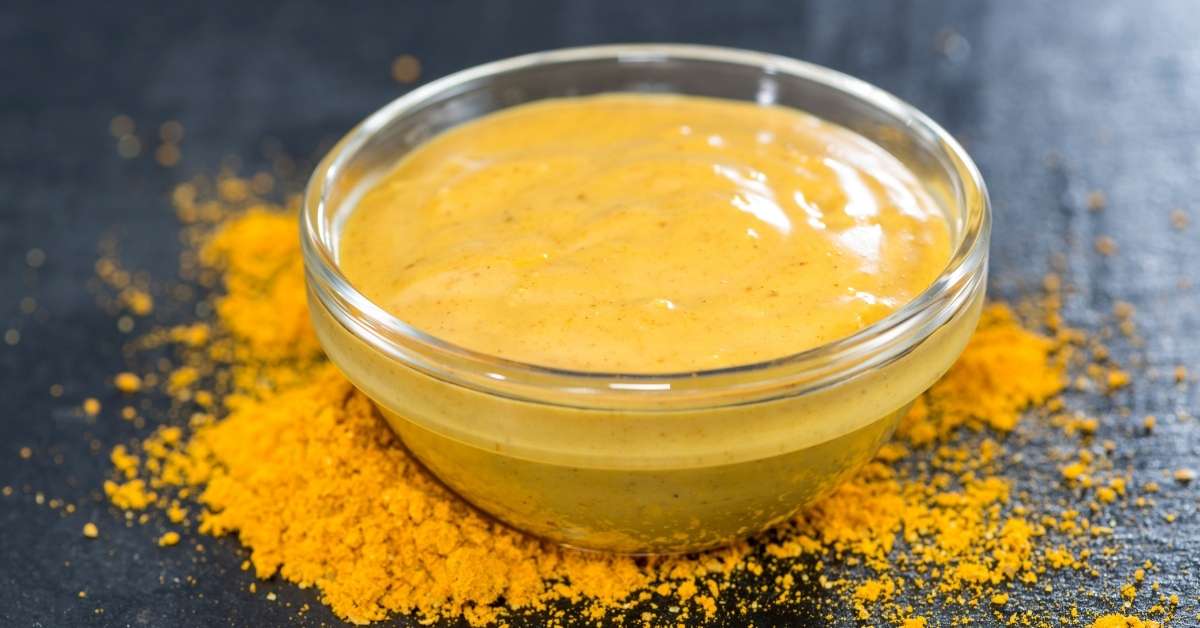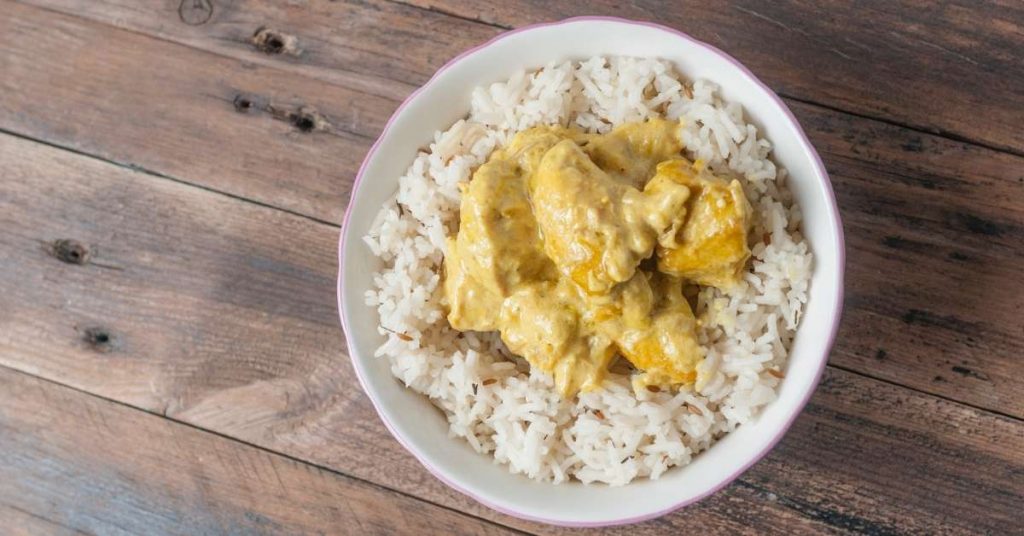What Does Curry Sauce Taste Like? How to Use It?

Just about any notion of South Asian cuisine will give you an idea of the inseparable relationship between the Subcontinent and curry. It is the traditional subcontinental sauce used in so many dishes. But just what does curry taste like?
Curry has an earthy, mild to moderately spicy taste with a strong aroma. The flavor and smell of the curry depend largely on the spices that are in it, which can vary significantly across regions and cultures. Curry serves as the reservoir of flavor, often as a side dish or on its own.
It is almost impossible to get into South Asian cooking without learning how to make a good curry. So, in this article, we are going to go over the basics of making curry, the ingredients to use, and how you can add variety to your curry dish.
What Is Curry?
Well, it can be many things; sometimes at once. Most often, you will find curry as the sauce or gravy-like liquid in many subcontinental dishes. In those dishes, curry acts as a complement to the main elements of the dish, which are often meat or fish.
But the word “curry” can be used to describe a dish all on its own. In those instances, you eat the curry with another side dish, such as flatbread or plain rice. So, you can use the word to identify the sauce or the entire dish.
The thing that is common in pretty much any curry dish is the use of spices. And not just one or two distinct spices. Most curry recipes call for multiple different, aromatic spices in various proportions. And it is these spices that give each curry dish its flavor profile and fragrance.
For this reason, curry is often the most flavorful part of the dish. Traditionally, a curry dish can contain chicken, beef, fish, lamb, etc. with or without vegetables. Alternatively, you can have an entirely vegetarian curry dish. The meat and/or vegetables are frequently stewed in the curry sauce so that the flavor can seep into the protein.
What Is the Taste of Curry Sauce?
For the most part, the taste of a particular curry dish will depend on the spices used in it. Ginger, garlic, turmeric, chili flakes or powder, mustard, cardamom, cumin, coriander, mint leaves, etc. are some of the more commonly used ingredients in a curry dish.
As a result of the spices, most curry dishes have a spicy, earthy, savory taste. Lemon is often used to give the curry some zest and tanginess.
If the curry has any meat in it, then that protein will more than likely influence the flavor. Similarly, the flavor of the curry can change depending on the vegetables in it. Lentils or different cereal grains are also used in curry, adding to the savory taste.
Of course, there are many local ingredients that just add to the diversity of curry dishes. These ingredients serve to give the curry a unique, regional taste and help it stand out.
How Spicy Is Curry Sauce?
How spicy curry sauce will be is entirely up to you. The heat in a curry dish usually comes from one main source – ground chili (typically green or red chili). The amount of chili you use in the dish will directly impact the spice levels of the dish, though you can have elements such as coconut milk or lemon juice to counteract some of that spiciness.
For the most part, traditional curry is mild to moderately spicy, with ingredients like ginger, cumin, turmeric, etc. adding to the overall heat of the dish. but you can set the spiciness of your curry dish according to your personal preference.
What Do You Use Curry Paste For?
Essentially, curry paste is a precursor to curry sauce. Curry paste is the combination of the ingredients you typically expect to find in a curry dish. And then you use this paste to create curry, often by simply adding water or another liquid and some additional ingredients.
Take the common ingredients you would use in a curry dish – chili, turmeric, ginger, garlic, coriander, salt, etc. Then mix all of them together with a bit of water or oil, be it by hand or with the help of a blender. The thick, fragrant, semi-solid mixture you are left with is the curry paste. You can also call it a curry puree.
The main benefit of making a curry paste first is that you can store it away for later use. If you are planning on making curry for dinner, you can save yourself time by making the paste in the evening. Just store the paste in a fridge and then bring it out when you are ready to cook.

How Much Curry Paste to Use?
This depends on a couple of factors. First of all, you should consider how many servings you are going to make. You also have to take into account the size of each serving.
Then you need to think about the concentration of the paste. If it is a thick paste, then you can get the job done by applying a little less, like a teaspoon. But if the paste is thin, then you need to be adding more to get the same result. Let’s say two teaspoons, but I recommend adding little by little so you don’t ruin your dish.
What Are Different Types of Curry Paste?
As far as Thai cuisine goes, you can find three general types of curry paste – red, green, and yellow. And the base ingredients are nearly identical in all three types.
Red curry paste gets its name and taste from the use of dried chili, whereas green curry paste utilizes fresh chilies. Green curry paste also has more herbs in it. On the other hand, yellow curry paste has a heavy turmeric and cumin base.
Where Does Curry Originate From?
So, curry is not a single dish. Rather it distinguishes a multitude of different dishes within South Asia or the Indian Subcontinent, where it comes from.
The root of this word refers to “sauce” or “relish for rice”. This is denoting the fact that in the subcontinent, people most frequently consume curry with plain or seasoned rice.
In fact, in many parts of India, Bangladesh, Bhutan, Nepal, Pakistan, and Sri Lanka, rice and curry is a staple food. Of course, the nature of those dishes will vary greatly from region to region.
Aside from regional cultural practices, religious views and customs have also influenced the curry dishes in different regions. So, curry is not simply a background factor in South Asian cuisine. Curry is an integral part of what makes South Asian cuisine what it is.
To sum up, if you are looking to treat your palate to the taste of subcontinental cuisine, then a curry dish is usually the best way to go. It is easy to make yet so delicious to eat, especially if you have some rice or bread to accompany it.
